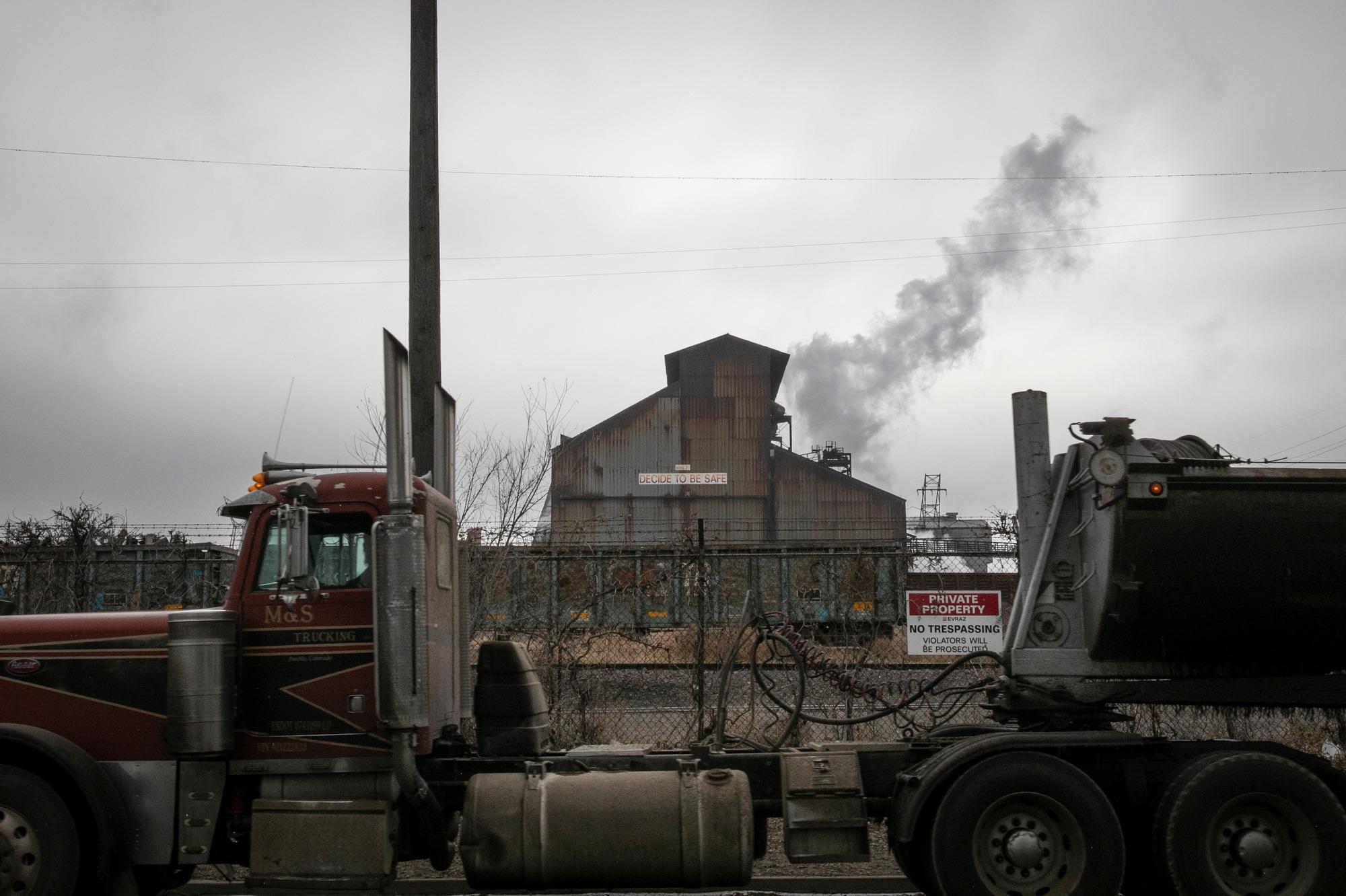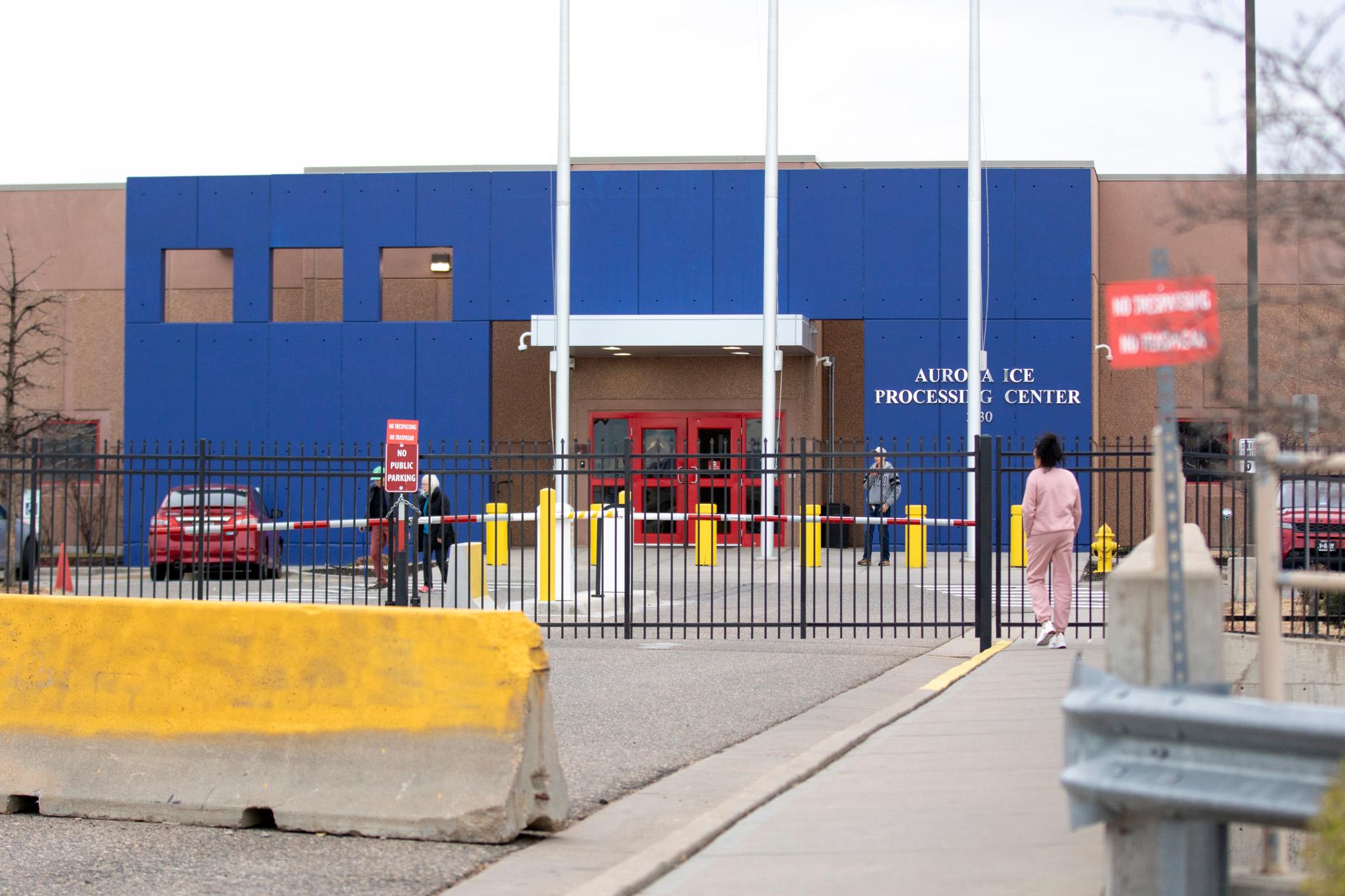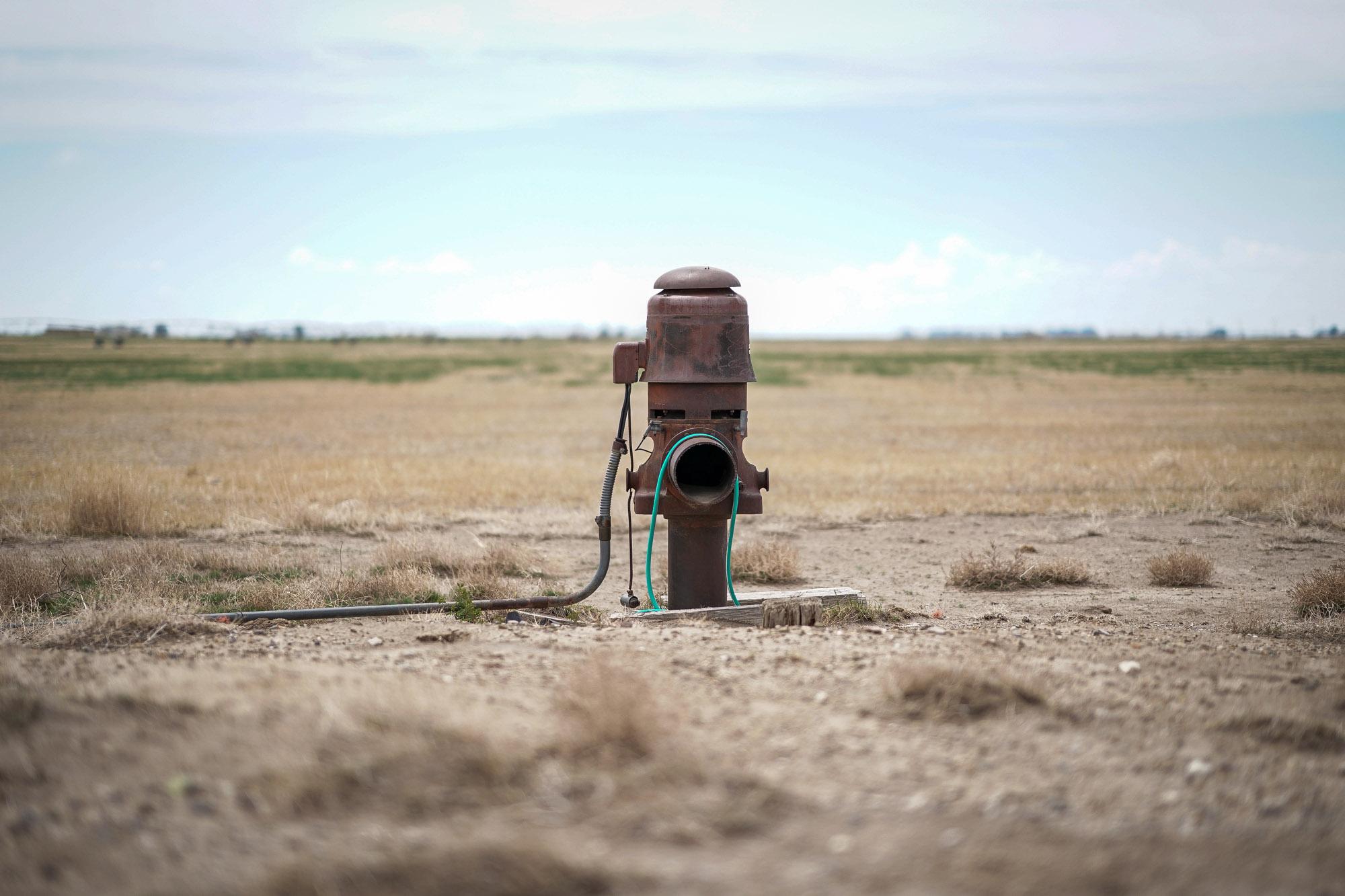
A front-row view of the Sangre de Cristo Mountains frames a line of grain silos overlooking a 150-year-old farm in southern Colorado. The fields would usually be green this time of year, grown lush on a supply of millions of gallons of groundwater pumped to the surface.
Now, the fields are brown, cracked and dry.
Farmers and ranchers across the San Luis Valley face a deadline: Their underground water source is drying up from a combination of overuse and a decades-long drought driven by climate change.
To restore a balance of supply and demand, farmers and ranchers across the valley need to drastically cut how much water they pump out of the ground, according to the Colorado Division of Water Resources. If they don’t, the state has threatened to step in and shut off hundreds of wells, which local water managers say would devastate the valley’s agriculture-driven economy.
Sarah Parmar, the director of conservation with Colorado Open Lands, a nonprofit that works to protect land from development, looks down at the brittle ground and recounts her first visit to this farm last summer.
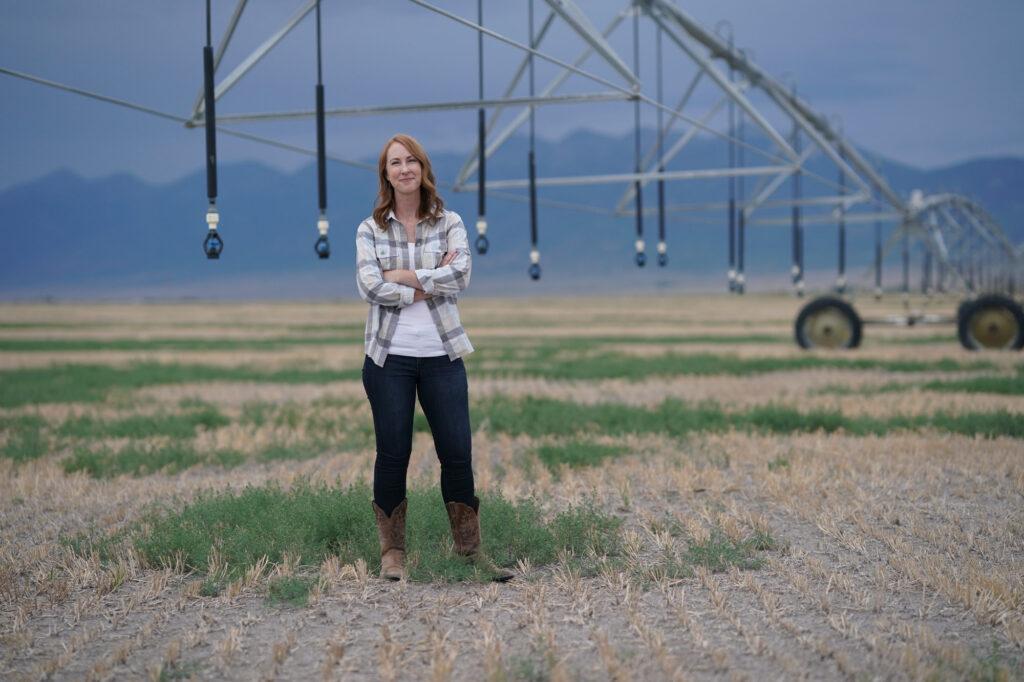
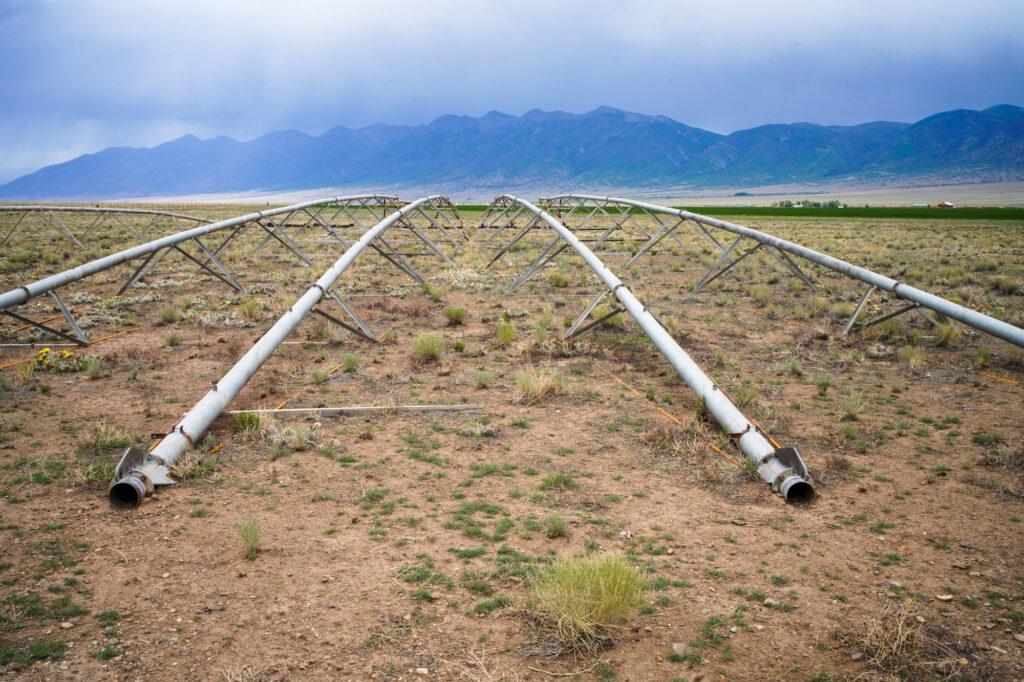
“The farmer had a mix of peas and oats that he was growing, and they were up to his waist,” Parmar said. “It’s definitely a very productive farm.”
No food grows here now. The farmer has stopped watering these 1,800 acres. Instead, he’s working with Parmar on a deal to leave that water alone to save the area’s shrinking groundwater supply and keep other farms in operation.
The farmer plans to sign a contract with Parmar to permanently end the use of his water rights to grow food here, and that rule would apply to any future owner of the property. Parmar calls the agreement a groundwater conservation easement — and said it could be the first of its kind in the country.
Conservation easements are legal arrangements that typically aim to protect a farm or a ranch by tying the land and its water rights together so it can't be divided up and turned into a housing development. In this case, Parmar said the groundwater conservation easement means changing the property's use to provide a more regional public benefit.
Once the agreement is signed, the farmer plans to sell the land to the Rio Grande Water Conservation District, which will work to revegetate the acres with native plants.
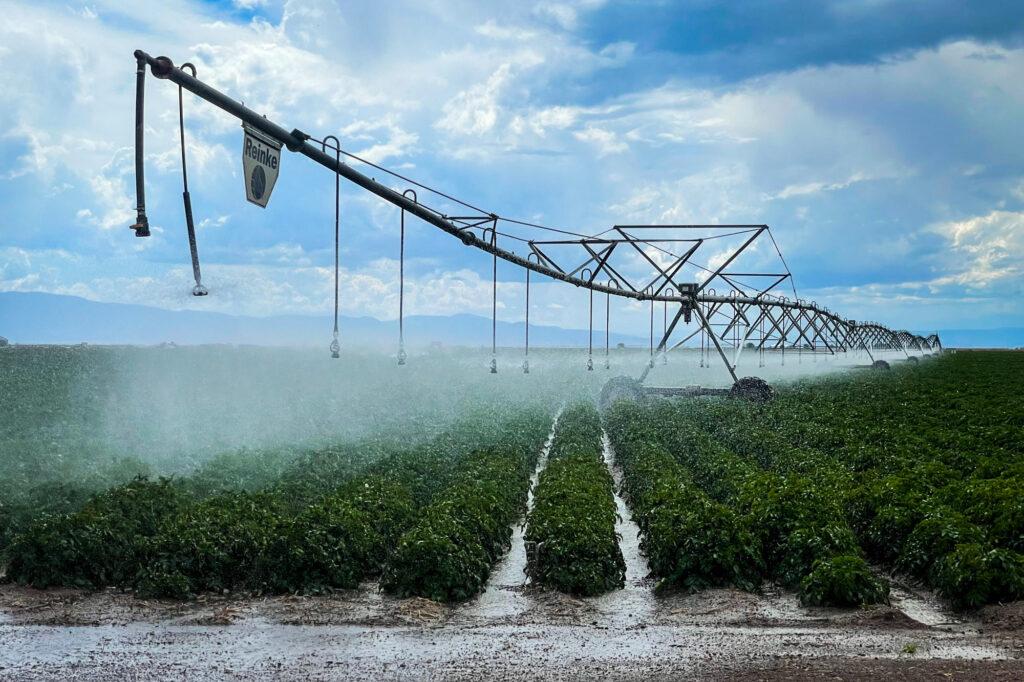
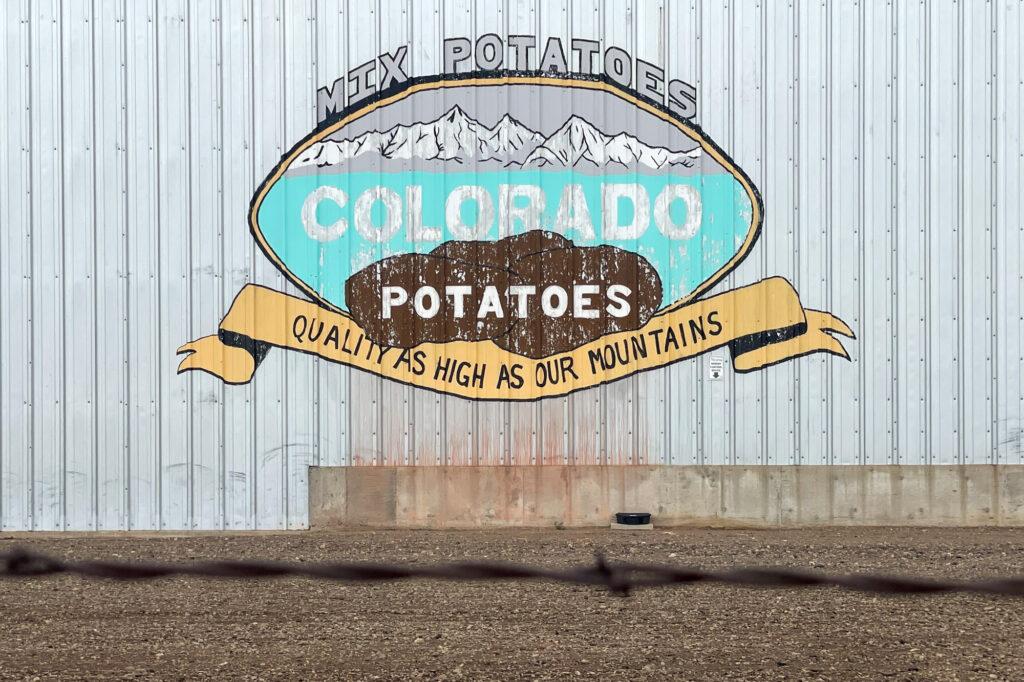
Putting the farm out of production will keep about 358 million gallons of water beneath the San Luis Valley, which is desperately needed. Local leaders have been working to save the dwindling aquifer in other ways, including paying farmers and ranchers to temporarily fallow fields or try less water-intensive crops and more advanced irrigation systems.
The farmer — who Colorado Open Lands declined to identify while the land and easement transactions are being finalized — told Parmar he was in a good position to exit the agriculture business because he and his wife don't have any children. He knows that his neighbors have a new generation that will eventually take over the management of those family farms.
Putting this single farm out of production is expected to preserve enough groundwater for the Rio Grande Water Conservation subdistrict surrounding the operation to meet its water sustainability goals — or come really close. This likely means the region can avoid state interventions and well-shutoffs, and other farms can continue operating and growing food.
Other areas of the valley are still at risk of a widespread well shutdown.
Chris Ivers, a program manager for the Rio Grande Water Conservation District who runs the subdistrict, said the state historically issued more well permits than the area could support. Climate change has only made the situation more dire, he said.
“We're dealing with sort of the sins of our fathers, trying to reduce the draw on the aquifer and get back into a sustainable balance,” Ivers said.
The groundwater conservation easement agreement is a permanent solution, which Ivers said is needed. He said temporary moves, like farmers or ranchers agreeing to cut back on their water use for a season or two, haven't been enough. He said the water district has struggled to hit sustainability targets, and water managers in the valley are starting to realize that some farmland needs to be removed from production for good.
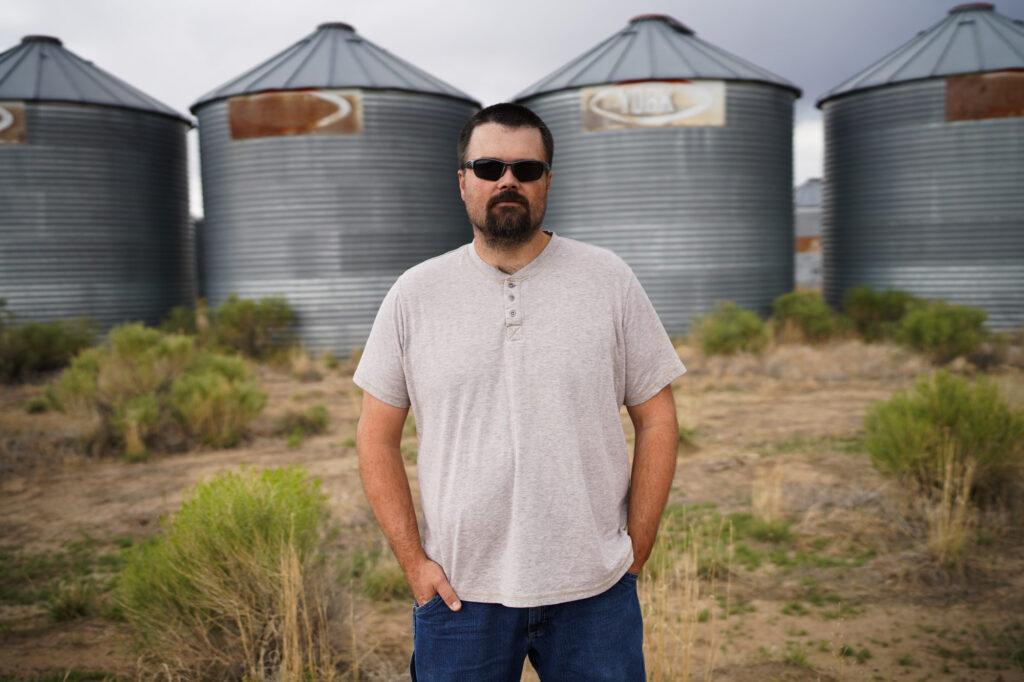
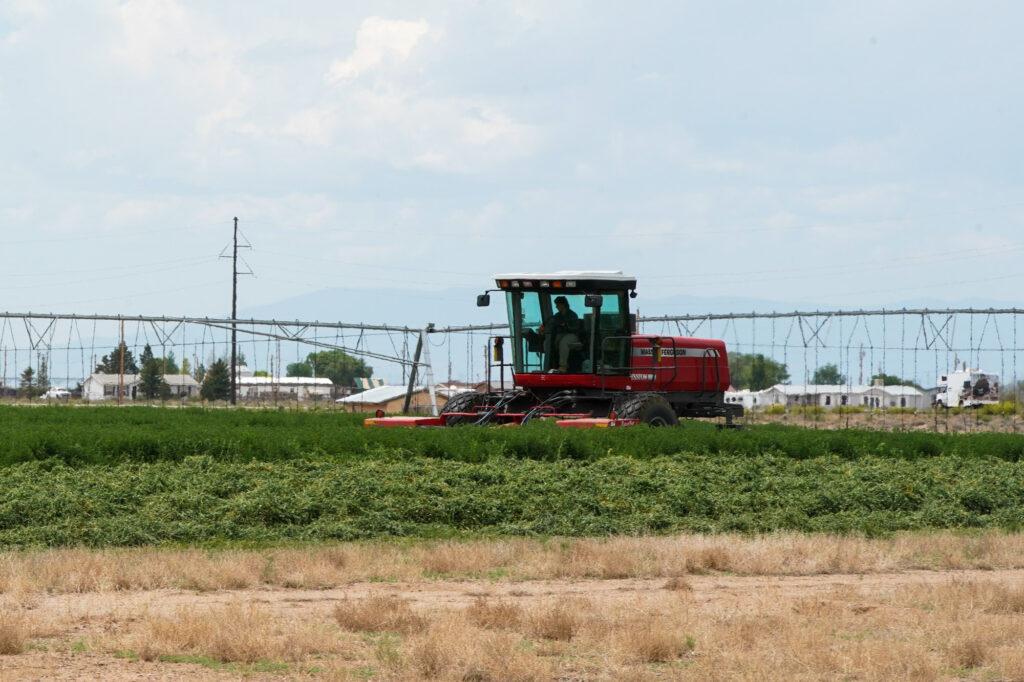
That isn’t great news for the San Luis Valley, where 500,00 irrigated acres that host potatoes, alfalfa and vegetables like lettuce and carrots are the primary economic driver. Ivers said shutting down some farms is better than the alternative, which is a forced shutdown of hundreds of operations.
Republican State Sen. Cleave Simpson, who represents part of the valley and is the head of the Rio Grande Water Conservation District, uses groundwater to irrigate about 2,000 acres of family farmland. The operation mostly grows alfalfa, which Simpson said is the most water-intensive crop you can grow in the region.
“I lay awake at night thinking, ‘I don’t think I can keep doing what I’ve been doing and what my family has been doing for decades,’” Simpson said.
Simpson said farms like his are part of the problem. He's experimenting with growing hemp and other drought-friendly crops in an attempt to use less water. Simpson said if farmers and ranchers in the area don't start to do things differently and the climate continues to get warmer and drier, then 20 percent of the current irrigated farmland will be without water in the next 20 years.
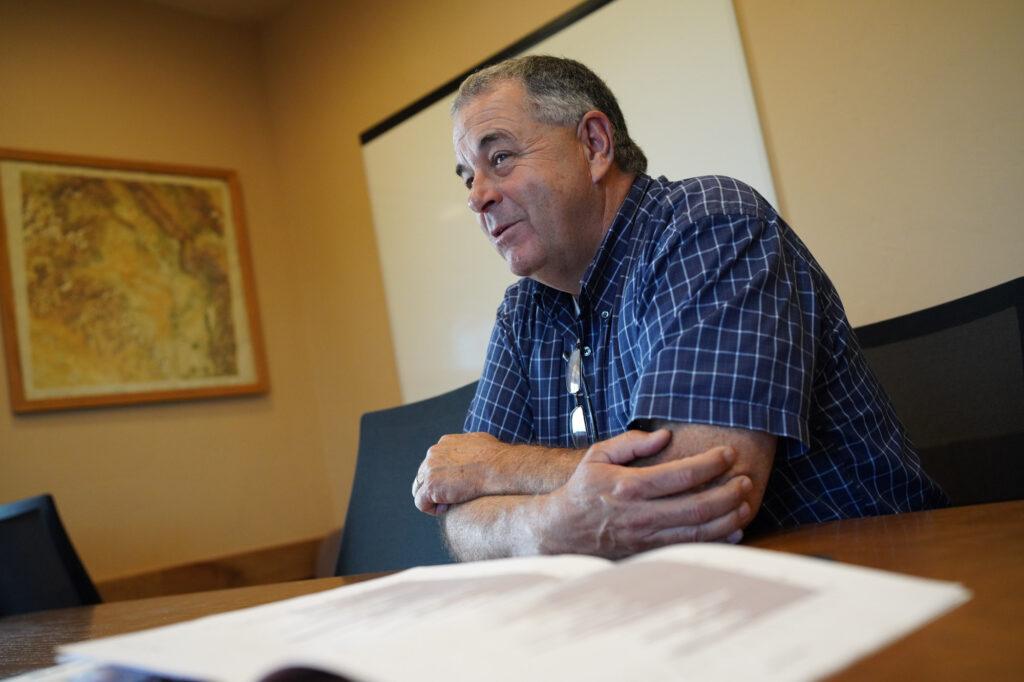
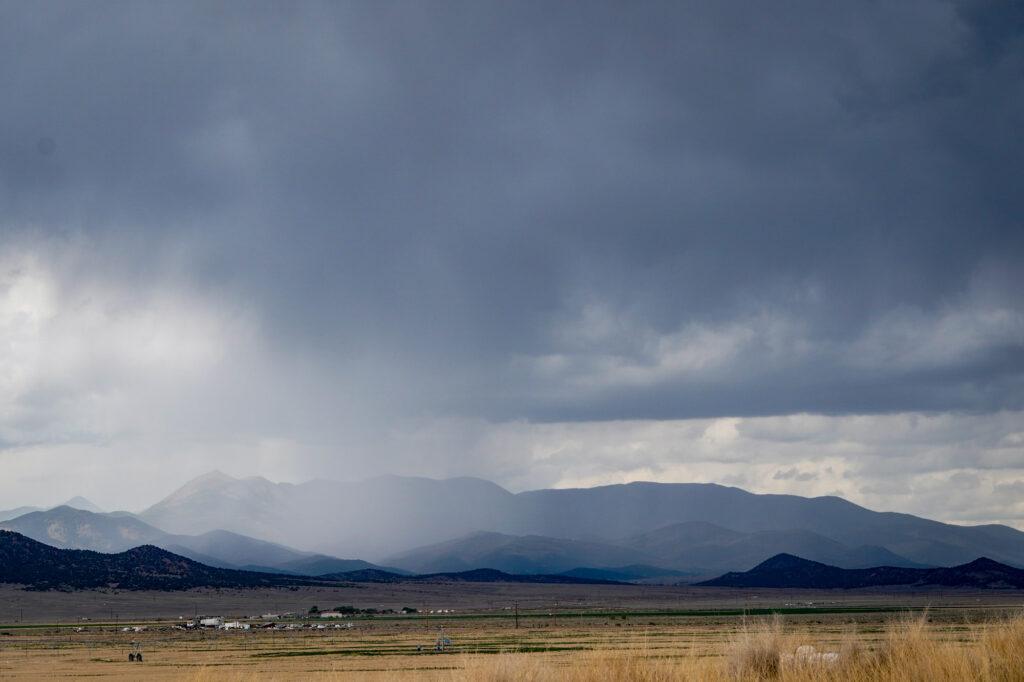
Simpson said new ideas like a groundwater conservation easement are the kind of incremental solutions necessary to avoid a sudden economic fallout in the valley, which he said is getting harder to do.
"This isn't just 20 years of drought, this is truly the aridification of the West," Simpson said, referring to research that has found that the long-term impact of climate warming means the dry conditions aren't temporary like the term drought might suggest.
Simpson said a groundwater conservation easement also gives farmers and ranchers more options for making money off their water rights.
Commissioners in Douglas County, south of Denver, recently considered working with a private company to buy water rights from San Luis Valley farmers and ranchers so it could pump that water to serve its local residents. The project is on hold for now, and the concept has met strong opposition from locals and state leaders. But the company, called Renewable Water Resources, claims that there's a list of farmers and ranchers who want to make money by selling their water rights.
That would mean the water would leave the valley, adding to the challenge of restoring aquifers to sustainable levels.

Simpson said the option of a groundwater conservation easement could help keep that water in the valley. He said other farmers and ranchers have reached out to him about the idea, which would allow them to suspend just a portion of their groundwater use. That would enable them to continue some amount of farming and ranching while getting paid not to use all of their water.
“If we don't come together and work together to manage this more appropriately, we'll look similar to some parts of California where people just keep deepening the well as far as they can,” Simpson said. “And the last one with the most money is the last one left to pump.”

